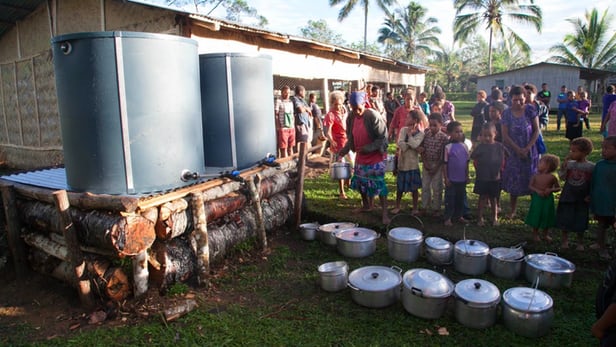
Breaking News
 UPDATE: Israel Launches Gaza Strikes, Peace Plan in Question
UPDATE: Israel Launches Gaza Strikes, Peace Plan in Question
 Gavin Newsom melts down as Pentagon plans to fire artillery shells over California highway during...
Gavin Newsom melts down as Pentagon plans to fire artillery shells over California highway during...
 The watershed moment Trump changed course on Israel after Netanyahu shattered their...
The watershed moment Trump changed course on Israel after Netanyahu shattered their...
 Brazen thieves drop priceless Eugénie crown outside the Louvre in Paris during jaw-dropping...
Brazen thieves drop priceless Eugénie crown outside the Louvre in Paris during jaw-dropping...
Top Tech News
 3D Printed Aluminum Alloy Sets Strength Record on Path to Lighter Aircraft Systems
3D Printed Aluminum Alloy Sets Strength Record on Path to Lighter Aircraft Systems
 Big Brother just got an upgrade.
Big Brother just got an upgrade.
SEMI-NEWS/SEMI-SATIRE: October 12, 2025 Edition
 Stem Cell Breakthrough for People with Parkinson's
Stem Cell Breakthrough for People with Parkinson's
 Linux Will Work For You. Time to Dump Windows 10. And Don't Bother with Windows 11
Linux Will Work For You. Time to Dump Windows 10. And Don't Bother with Windows 11
 XAI Using $18 Billion to Get 300,000 More Nvidia B200 Chips
XAI Using $18 Billion to Get 300,000 More Nvidia B200 Chips
 Immortal Monkeys? Not Quite, But Scientists Just Reversed Aging With 'Super' Stem Cells
Immortal Monkeys? Not Quite, But Scientists Just Reversed Aging With 'Super' Stem Cells
 ICE To Buy Tool That Tracks Locations Of Hundreds Of Millions Of Phones Every Day
ICE To Buy Tool That Tracks Locations Of Hundreds Of Millions Of Phones Every Day
 Yixiang 16kWh Battery For $1,920!? New Design!
Yixiang 16kWh Battery For $1,920!? New Design!
 Find a COMPATIBLE Linux Computer for $200+: Roadmap to Linux. Part 1
Find a COMPATIBLE Linux Computer for $200+: Roadmap to Linux. Part 1
Aid Innovation Challenge - Finalists announced

While figuring out how to send mankind to Mars might be the hot topic of the day, there are still plenty of problems to solve on Earth, not least those presented by various humanitarian crises erupting across the globe. That's where the Aid Innovation Challenge comes in.
Part of the annual global humanitarian and development aid event AidEx, it is a Dragons' Den-style competition aimed at finding the next big invention that can help improve the way aid is delivered.
Here are the four finalists from this year's competition who will be taking to the stage in Brussels on November 16.
The problem: Finding access to clean drinking water is one of the biggest problems during an emergency crisis. International guidelines suggest that each person should receive between 7.5 and 15 liters a day to cover their basic needs. However meeting these minimum standards is often difficult water sources sometimes miles away, and refugees lacking the means to store water at their shelters. Conventional water tanks, while useful, are expensive and heavy, and do not lend themselves to an agile setup.



